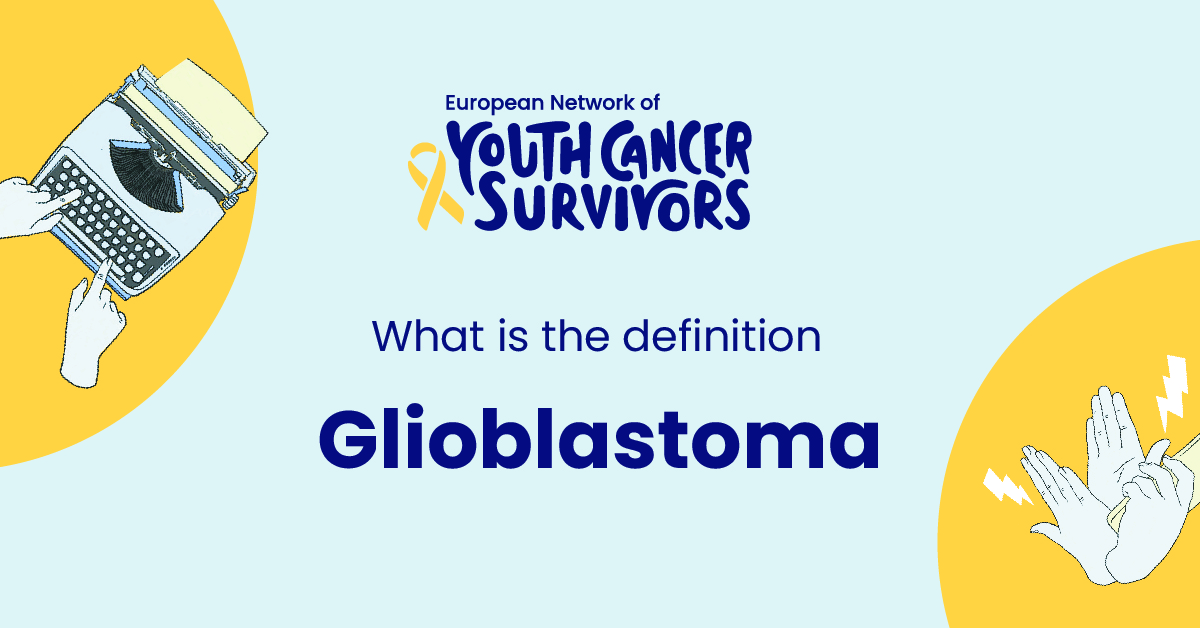
Unveiling the mysteries behind complex medical conditions such as glioblastoma is crucial. This aggressive brain tumor affects many individuals worldwide, thereby making its understanding an essential task. Let’s start by breaking down exactly what this condition is, how it is classified and distinguished from other brain tumors, its causes along with risk factors, symptoms, diagnostic methods, treatment options, and prognosis.
What is Glioblastoma?
Glioblastoma, sometimes referred to as glioblastoma multiforme, is a high-grade glioma and the most aggressive cancer that originates from the supportive tissue of the brain, called the glial cells. This deadly condition progresses rapidly, usually in the form of malignant tumors that invades the brain’s normal tissue, disrupting vital neurological functions.
Classification of Glioblastoma
A classification system called the World Health Organization (WHO) grading system classifies glioblastomas as grade IV tumors based on their behavior, growth rate, and histological characteristics. This classification communicates the inherent severity and aggressiveness of this brain cancer type.
Difference between Glioblastoma and Other Brain Tumors
Glioblastomas stand out from other brain tumors due to their highly malignant nature, which makes treatment and control difficult. Moreover, the distinctive microscopic appearance where the tumor cells closely resemble normal glial cells set glioblastomas apart from other brain tumor types.
What Causes Glioblastoma?
Genetic Mutations Leading to Glioblastoma
Like other forms of cancer, glioblastomas are primarily caused by genetic mutations, either inherited or sporadic. Certain chromosomal abnormalities have been significantly associated with glioblastomas. Genetic conditions like neurofibromatosis can also increase the risk of the development of glioblastomas.
Environmental and Lifestyle Risk Factors
Environmental and certain lifestyle factors like exposure to ionizing radiation, use of tobacco, and certain infections have been studied for their potential links to glioblastoma. Although not definitive, there is the suggestion of a risk association.
Existing Health Conditions
Certain pre-existing health conditions such as epileptic seizures and neurodegenerative conditions like Alzheimer’s disease can increase the likelihood of developing glioblastoma.
Get to know us better
If you are reading this, you are in the right place – we do not care who you are and what you do, press the button and follow discussions live
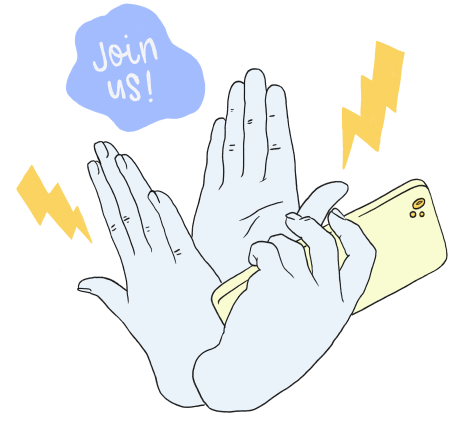
Symptoms and Diagnosis of Glioblastoma
Typical Signs and Symptoms
Common symptoms associated with glioblastoma often include headaches, seizures, mood and personality changes, memory problems, and even neurologic deficits like speech or vision difficulties. The symptoms usually depend on the location of the tumor.
Diagnostic Methods
Diagnosing glioblastomas involves a thorough neurological examination, supplemented by imaging studies such as CT scans and MRIs. These tests help detect the size, location, and tumor growth rate.
Role of Imaging and Biopsy in Diagnosis
While imaging tests provide a preliminary sense of tumor presence and its characteristics, a biopsy is essential to confirm the diagnosis. A biopsy involves removing a tissue sample from the suspected area and examining it under a microscope to identify the tumor type and grade.
Treatment Options for Glioblastoma
Treatment of glioblastoma usually involves a combined approach of surgery, radiation therapy, and chemotherapy. Each treatment alternative has its own pros and cons.
Surgery, its Pros and Cons
Surgical resection, an option often adopted, aims to remove as much of the tumor as possible. However, the risks include potential infection and other complications, along with the reality that complete removal is often not achievable due to the invasive nature of glioblastoma.
Radiation Therapy, its Pros and Cons
Radiation therapy utilizes highly energized particles or waves to kill cancer cells. Despite its effectiveness, the general side effects of radiation treatment, such as fatigue, skin problems, and memory difficulties, are notable downsides.
Chemotherapy, its Pros and Cons
Chemotherapy involves the use of drugs to kill or impede the growth of cancer cells. A commonly used drug is Temozolomide. Despite chemotherapy’s potential benefits, it may screw up the balance of bodily functions and cause a wide range of side effects.
Novel Treatments and Advancements in Glioblastoma Treatment
Recent advancements have brought innovative methods, such as targeted therapy, immunotherapy, and even the possibility of personalized medicine. As promising as these sound, they are currently in varying stages of research and trial.
Prognosis and Survival Rates for Glioblastoma
Prognosis varies significantly among patients due to factors such as age, functional status, and the molecular profile of the tumor.
General Survival Rates
Glioblastoma has a relatively low five-year survival rate. Most median survival time spanned between twelve and fifteen months. However, individual survival times may differ wildly depending on several factors.
Factors Influencing Prognosis
Prognosis can be influenced by factors such as age, the overall health of the patient, tumor characteristics, and extent of resection. Genetic mutations such as IDH1 mutation and MGMT methylation status are beginning to be recognized for their roles in prognosis.
Personal Experiences and Case Studies
While statistics can provide a general expectation, it is vital to remember that every individual is unique. Personal experiences and anecdotal information may often deviate from the norm.
Conclusion
Understanding glioblastoma helps to better manage this complex condition due to genetic, environmental, and lifestyle factors. Our knowledge about its symptoms, diagnosis, and treatment options is continually evolving, and it is hopeful that with ongoing research, much needed effective treatment strategies will soon be unearthed.
FAQs
- What is the difference between Glioblastoma and other types of brain tumors?
Glioblastoma is a highly aggressive type of brain tumor that differentiates from others due to its malignancy, which makes treatment and control difficult.
- What are the possible causes and risk factors of Glioblastoma?
The primary cause of glioblastoma is genetic mutation either inherited or sporadic. Other factors contributing to its development include exposure to ionizing radiation, lifestyle factors like smoking, and certain pre-existing health conditions.
- How is Glioblastoma diagnosed?
Diagnosing glioblastoma typically involves a neurological examination, imaging tests such as CT scans and MRIs, and a biopsy.
- What are the different treatment options available for Glioblastoma?
Common treatment modalities include surgery, radiation therapy and chemotherapy. Moreover, advancements in treatment options have introduced targeted therapy, immunotherapy, and the potential for personalized treatment strategies.
- What is the prognosis for someone diagnosed with Glioblastoma?
Various factors play a role in making up the prognosis. Generally, glioblastoma has a low five-year survival rate. However, certain factors like patient age, overall health, tumor characteristics and genetic mutations may influence the prognosis.








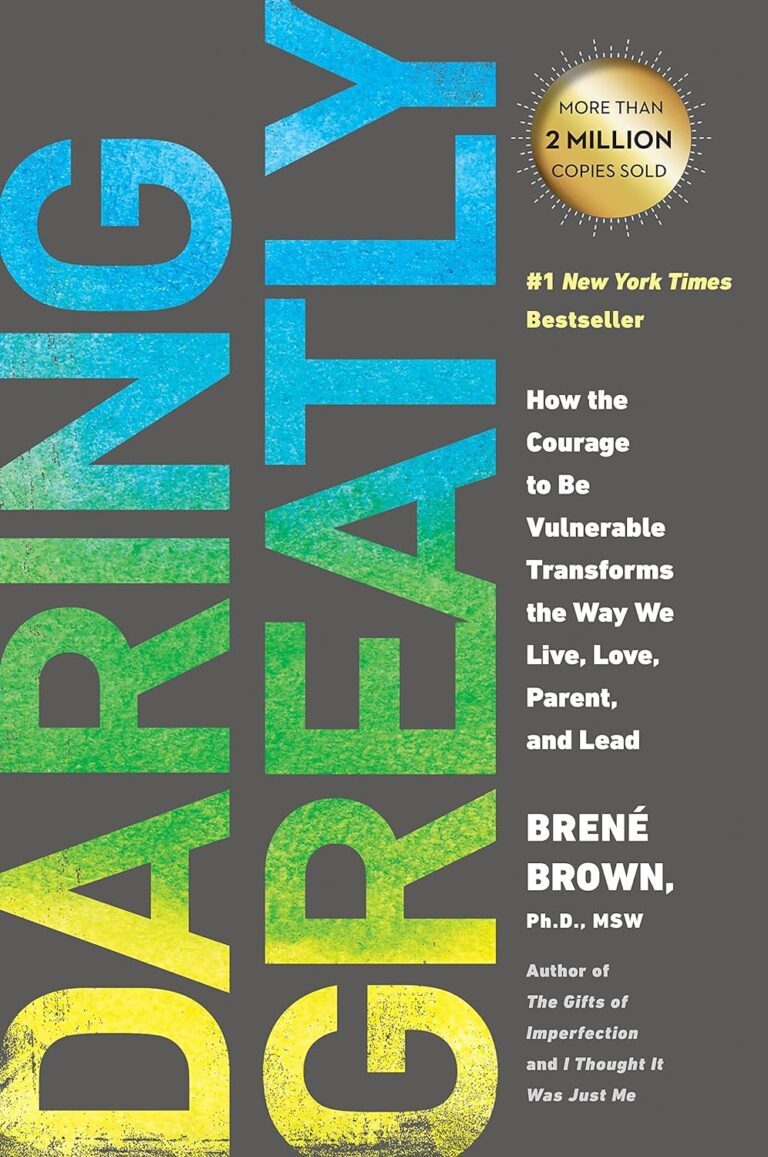
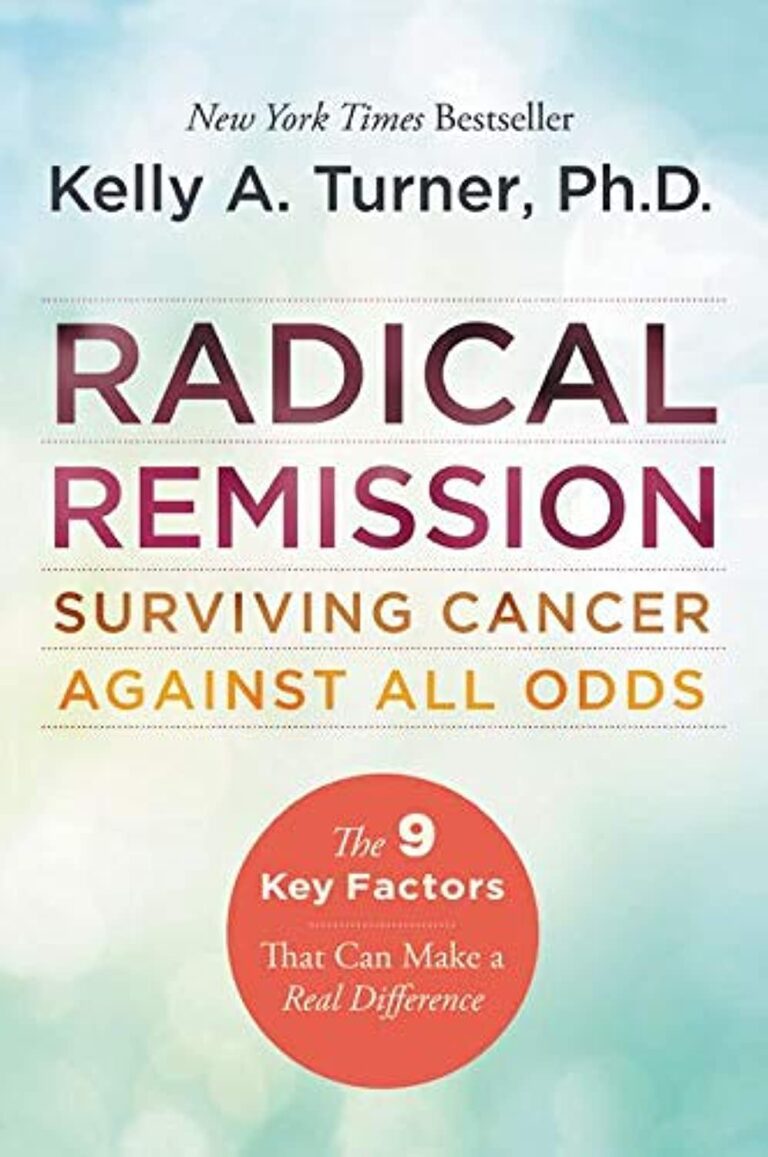

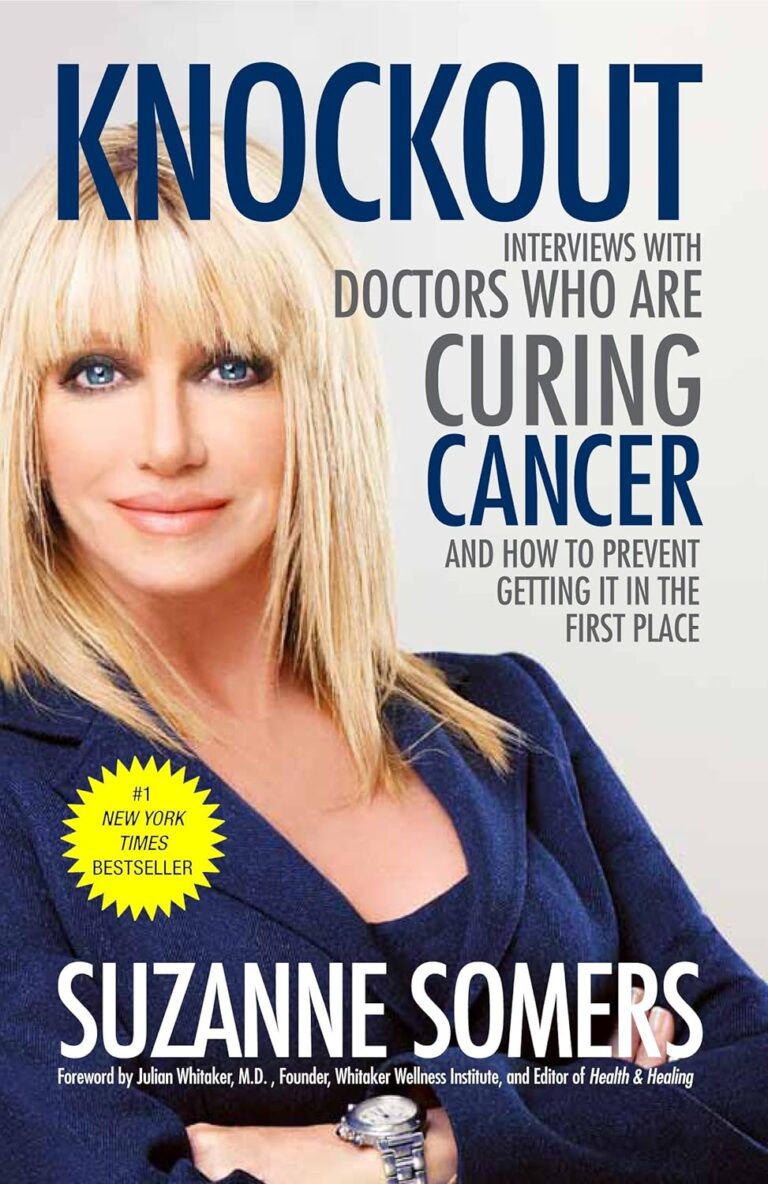





Comments
Thank you. Comment sent for approval.
Something is wrong, try again later